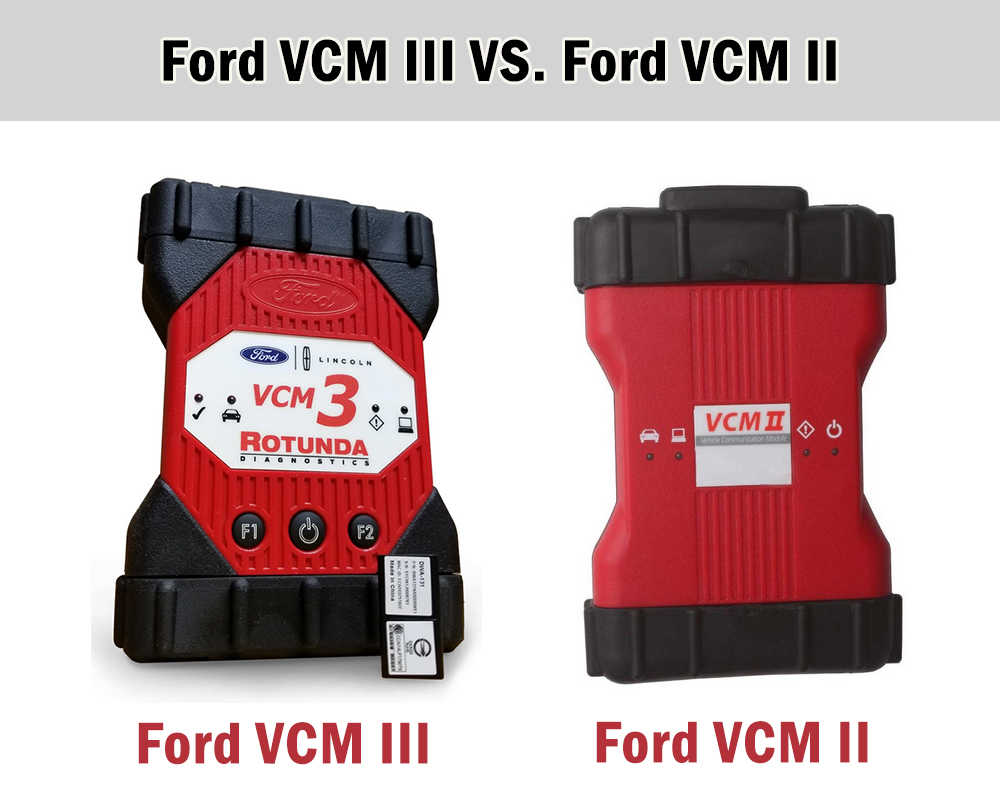
In the ever-evolving world of automotive diagnostic tools, the Vehicle Communication Module (VCM) series has become an essential asset for professionals in the field. Among these, VCM2 and VCM3 are two prominent models that serve distinct purposes. Understanding the differences between them is crucial for technicians and automotive enthusiasts alike. In this article, we will delve into the key features and capabilities of VCM3 in comparison to its predecessor, VCM2.
VCM2, the second generation of the Vehicle Communication Module, has been widely used in automotive diagnostics. It allows technicians to communicate with various vehicle systems, perform diagnostics, and reprogram control modules. VCM2 is known for its reliability and versatility, making it a popular choice for many automotive professionals.
VCM3 takes the capabilities of VCM2 to the next level. While it retains all the fundamental features of VCM2, it introduces enhancements that are critical for modern vehicles. The most significant upgrade in VCM3 is its ability to operate at higher speeds, which is essential for interfacing with newer systems that require faster data transfer rates. This improvement not only enhances the efficiency of diagnostics but also ensures compatibility with the latest automotive technologies.
Key Differences Between VCM3 and VCM2
1. Speed and Performance:
One of the primary differences between VCM3 and VCM2 is the speed at which they operate. VCM3 is designed to run at higher speeds, making it more suitable for newer vehicles that rely on advanced communication protocols. This improved performance to quicker diagnostics and more effective troubleshooting.
2. Scope Channels:
Ford VCM 3 Diagnostic Tool also includes a variant known as VCMM, which features four external scope channels and one internal scope channel. This capability allows technicians to perform more advanced diagnostics by capturing and analyzing multiple signals simultaneously. In contrast, VCM2 lacks this advanced channel configuration, limiting its scope for in-depth analysis.
3. Compatibility with Newer Systems:
As the automotive industry evolves, the complexity of vehicle systems increases. V3 is designed to support the latest standards and protocols, ensuring that it remains relevant in a rapidly changing environment. While VCM2 may still be effective for models, it may not fully support newer diagnostic requirements.
4. User Interface and Software Updates:
VCM3 often comes with updated software a more user-friendly interface, allowing technicians to navigate diagnostic processes with greater ease. Regular software updates further enhance its functionality, ensuring that users have access to the latest features and improvements.
In summary, while VCM2 has been a reliable tool in the automotive diagnostic landscape, VCM3 represents a significant advancement in terms of speed, performance, and functionality. Its ability to operate efficiently with newer vehicle systems and its diagnostic capabilities, particularly with the VCMM variant, make it a superior choice for modern automotive professionals. As technology continues to advance, investing in tools like VCM3 will be crucial for staying ahead in the field of diagnostics.
Leave a Reply